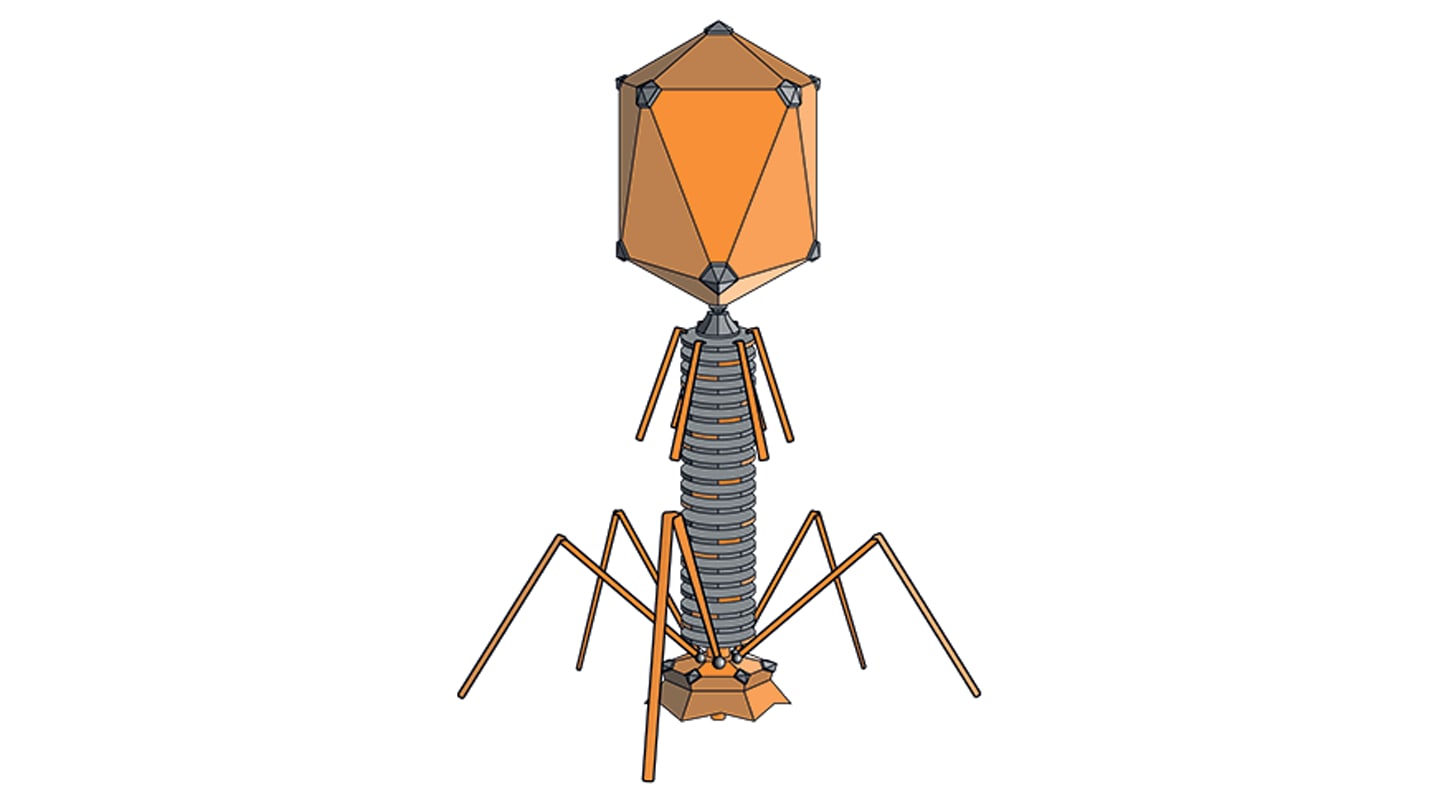
Most modern drug development strategies for Alzheimer’s target amyloid plaques or tau tangles – hallmarks of AD pathology – but have shown limited success in the clinic. Now, researchers at University of California San Francisco (UCSF) and the Gladstone Institutes offer a new strategy: use a precision, cell-type-focused approach to correct dysfunctional gene networks in both neurons and glial cells simultaneously.
The researchers created an integrated single-cell map of the aging brain using data from three separate post-mortem human brain studies. They analyzed gene expression changes across six major brain cell types in Alzheimer’s patients versus controls. This revealed profound cell-type-specific differences. Not only did different cells show different gene expression changes, but some genes flipped direction depending on the cell type. For example, APOE, a well-known AD risk gene, was upregulated in microglia but downregulated in astrocytes.
Using this detailed cell-type “fingerprint” of Alzheimer’s, the team turned to a computational drug repurposing platform called the Connectivity Map (CMap), which contains gene expression responses to over 1,300 drugs with the aim of identifying existing drugs that could reverse the Alzheimer’s gene expression signatures in multiple cell types.
Out of the 25 top-scoring candidates, two stood out: letrozole, a breast cancer drug that corrected neuronal dysfunction, and irinotecan, a chemotherapy agent that reprogrammed glial cells. As it turns out, real-world analysis of “clinical records encompassing millions of individuals” revealed that patients who had been treated with either drug had significantly lower rates of Alzheimer’s than matched controls: “In our study, both letrozole and irinotecan are primarily used in cancer patients, a population previously associated with lower AD incidence,” the study notes.
With these insights, the researchers – led by Yaqiao Li and Marina Sirota of the Bakar Computational Health Sciences Institute, UCSF, and Yadong Huang, Gladstone Institute of Neurological Disease – tested the letrozole-irinotecan combination in a mouse model engineered to mimic both amyloid and tau pathologies. After three months of treatment, mice receiving both drugs showed significant improvements in memory – something not observed with either drug alone.
The Morris water maze, a test of spatial memory, revealed that only the combination-treated mice could remember the platform location days later. Histological analysis showed they also had fewer amyloid plaques, reduced tau tangles, and more preserved hippocampal volume.
Interestingly, the drug combo appeared to work via different mechanisms: letrozole restored neuronal structure and function, while irinotecan reduced glial-driven inflammation. When combined, they delivered broader and more potent effects than either could alone.
To understand how the combination was achieving its effect, the team sequenced hippocampal cells from treated mice and found that letrozole and irinotecan had reversed Alzheimer’s-associated gene expression in nearly every major brain cell type. In neurons, genes involved in synaptic plasticity and axon growth were restored. In astrocytes and microglia, genes controlling cholesterol metabolism, oxidative stress, and cell growth were normalized. The therapy also tamped down the excessive “chatter” between neurons and glial cells seen in Alzheimer’s, reducing aberrant signaling and potentially stabilizing brain network function.
This study, published in Cell, could represent a potential step forward for Alzheimer’s as a potential proof of concept for a new method of drug discovery. By combining human omics data, real-world clinical records, and sophisticated animal models, the team are aiming to create a precise and scalable pipeline grounded in patient biology. While limitations remain (such as the fact that the drug responses were initially derived from cancer cells, not brain tissue) the overarching approach is novel, pointing toward the growing synergy between AI, big data, and personalized medicine in tackling complex diseases.
As Alzheimer’s continues to affect millions, strategies like this – targeting the right cells, at the right time, with the right combinations – could, in the authors’ words, target “molecular signatures and clinical features derived from real-world individuals”. This study shows a developing “potential for AI-enabled precision medicine leveraging large-scale multimodal personalized measurements.”




